Daryl and Maria Cleary were living in a four-bedroom, 4,000-square-foot home when they decided it was time to downsize. “It was too much house for two people,” Maria said.
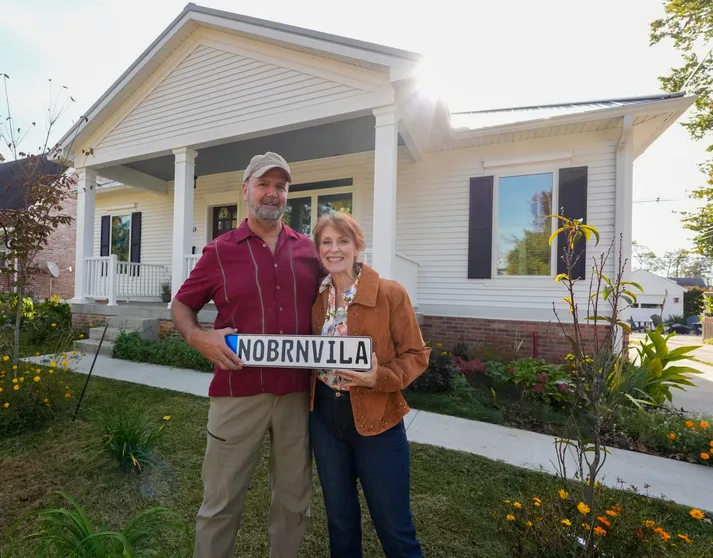 The Clearys knew they wanted their home to be energy-efficient. They found a house plan that they liked and purchased it, increasing the square footage, and made other adjustments to accommodate their needs. Then they found both a house and an adjacent lot for sale in Kingsley, Kentucky that they bought. “We moved into the little house, so we were right next door the whole time,” Maria recalled. “That was invaluable.”
The Clearys knew they wanted their home to be energy-efficient. They found a house plan that they liked and purchased it, increasing the square footage, and made other adjustments to accommodate their needs. Then they found both a house and an adjacent lot for sale in Kingsley, Kentucky that they bought. “We moved into the little house, so we were right next door the whole time,” Maria recalled. “That was invaluable.”
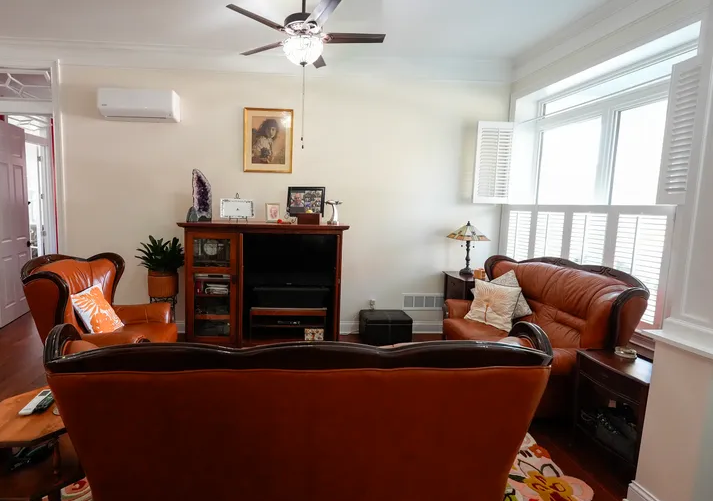 Daryl explained that while they were able to build following the floor plan Maria found, he also incorporated passive home design principles. Some aspects of this design include placing the sun room on the back of the house, where the sun naturally shines through; and incorporating terracotta tile flooring to absorb heat. This is a three-bed, two-bath, 2,600-square-foot, Greek Revival-style home
Daryl explained that while they were able to build following the floor plan Maria found, he also incorporated passive home design principles. Some aspects of this design include placing the sun room on the back of the house, where the sun naturally shines through; and incorporating terracotta tile flooring to absorb heat. This is a three-bed, two-bath, 2,600-square-foot, Greek Revival-style home
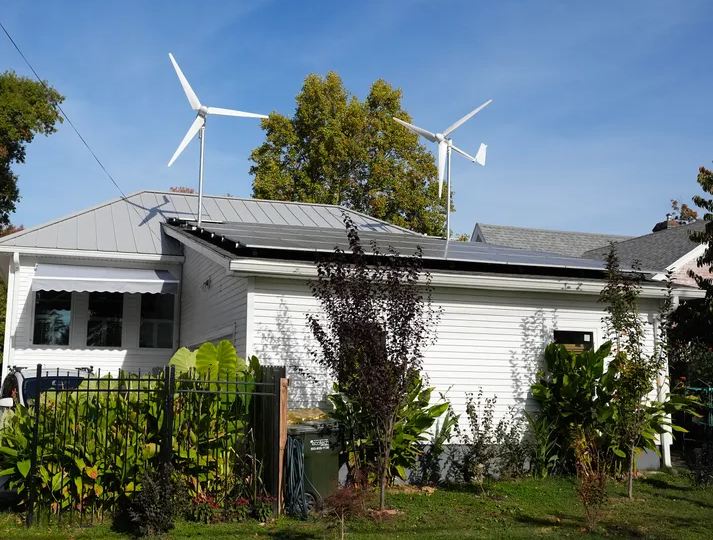 Daryl and Maria were already accustomed to utilizing solar energy, as they had solar panels on their last house. In their new home they don’t have an electric bill because they’re not even on the utility company’s system. Their lights, appliances, and everything else are almost fully powered by sunshine and wind, including by energy generated via the solar panels on the garage roof. Even the tools used to build the home ran off of solar power.
Daryl and Maria were already accustomed to utilizing solar energy, as they had solar panels on their last house. In their new home they don’t have an electric bill because they’re not even on the utility company’s system. Their lights, appliances, and everything else are almost fully powered by sunshine and wind, including by energy generated via the solar panels on the garage roof. Even the tools used to build the home ran off of solar power.
“The garage roof is just a complete flat slab that is basically designed to get as much sunshine as possible,” Daryl said, adding that the main roof of the house — which is made of double-galvanized steel — is also part of the abode’s green design.
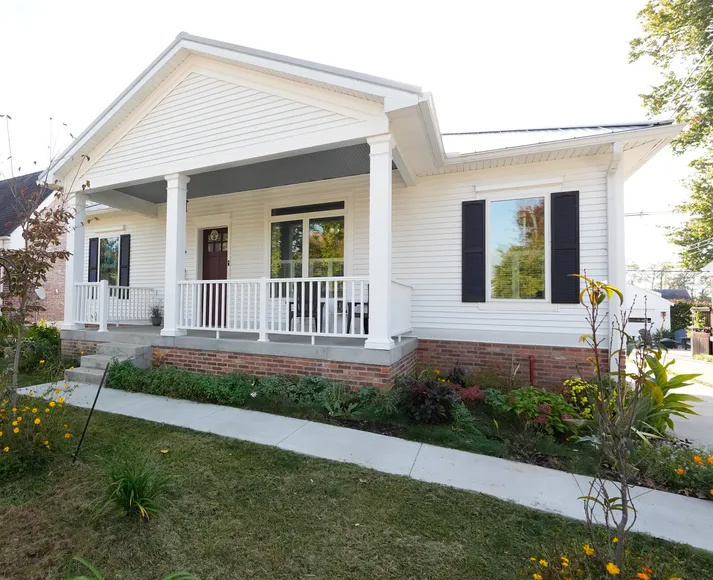 “Metal roofs are about 30% more energy efficient than shingle roofs,” Maria explained. “Metal roofs (also) last much longer; they’re significantly lighter, so there’s not as much stress on the structure; and they shed snow and everything else much faster than traditional roofs.”
“Metal roofs are about 30% more energy efficient than shingle roofs,” Maria explained. “Metal roofs (also) last much longer; they’re significantly lighter, so there’s not as much stress on the structure; and they shed snow and everything else much faster than traditional roofs.”
In addition to the solar panels, the Clearys also have two low-speed wind turbines on the roof. Daryl explained that the turbines will be especially handy during the winter when the sun dies down and the wind picks up. Each one can produce up to 3,000 watts per hour.
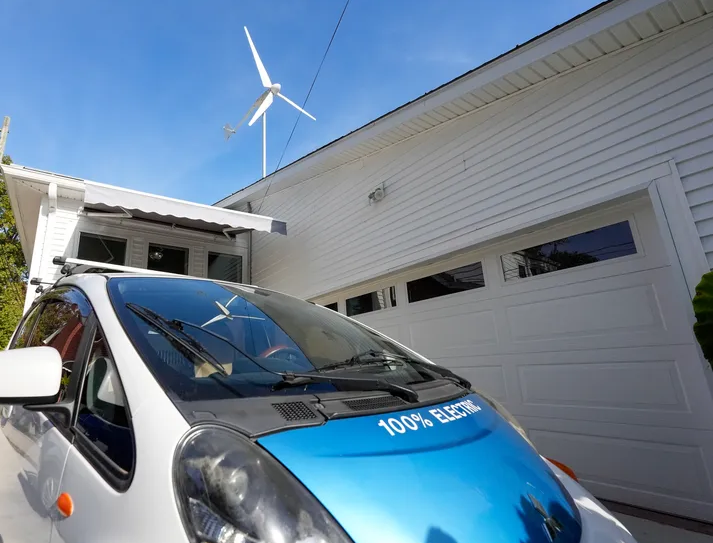 Maria and Daryl also drive electric cars, which gives them another backup energy source in the unlikely event that the solar panels and wind turbines don’t produce enough. The system allows them to plug the cars into the house, letting the car battery feed into the house battery.
Maria and Daryl also drive electric cars, which gives them another backup energy source in the unlikely event that the solar panels and wind turbines don’t produce enough. The system allows them to plug the cars into the house, letting the car battery feed into the house battery.
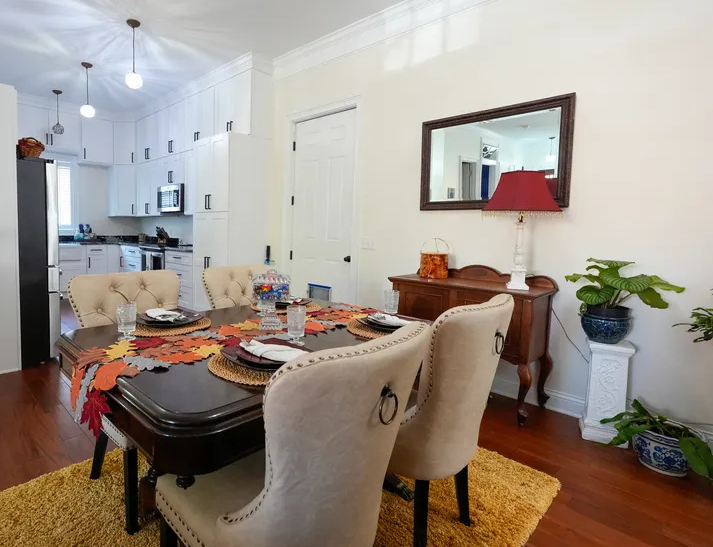 Though there seems to be more than enough energy being generated between the solar panels, wind turbines, and electric cars, the Clearys make sure they’re utilizing less energy, too.
Though there seems to be more than enough energy being generated between the solar panels, wind turbines, and electric cars, the Clearys make sure they’re utilizing less energy, too.
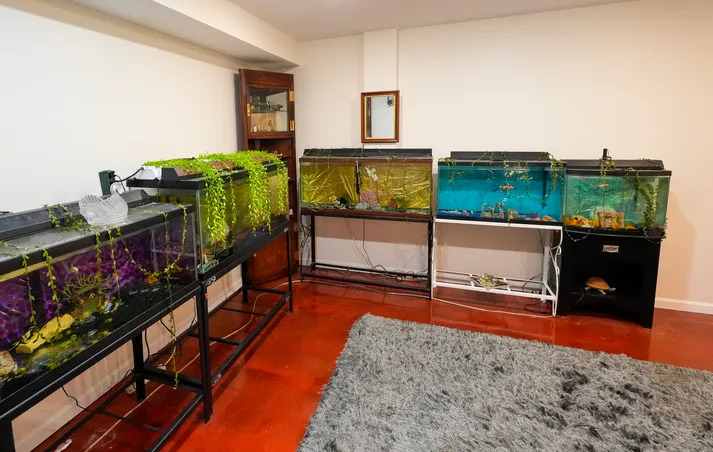 Because he and Maria do not rely on any type of fire source for energy, their house has been dubbed ‘No Burn Villa.’
Because he and Maria do not rely on any type of fire source for energy, their house has been dubbed ‘No Burn Villa.’
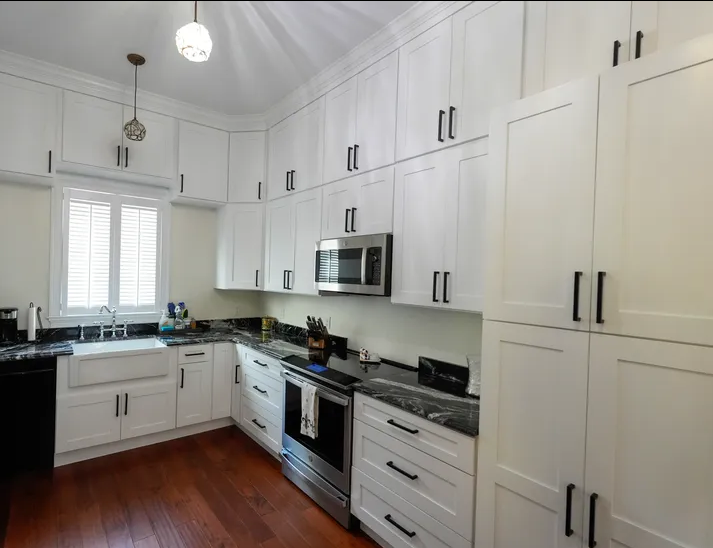 You can read the original article at www.courier-journal.com
You can read the original article at www.courier-journal.com
If you absolutely must build in a city that doesn’t allow alternative construction, incorporating green technology is the next best thing!